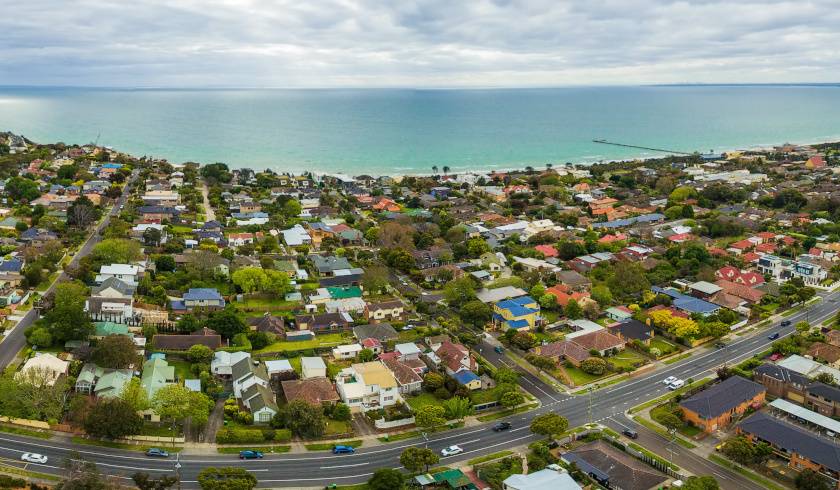Major cities defy trends in new data
Last week saw prices and other data defy recent trends in the housing market.

Combined, the daily home value index held steady and did not move in the week ending 12 April, CoreLogic’s Property Market Indicator data showed.
Last week saw Adelaide defying trends from previous weeks to decline by 0.2 of a percentage point, followed by Perth, which fell by 0.1 of a percentage point.
Also defying recent trends was Sydney, Melbourne and Brisbane all reporting no movement in their weekly value change.
The monthly index was down by 0.4 of a percentage point. It fell by 8.7 per cent for the year once again. Sydney, Melbourne and Perth were the main drivers once again at 10.9 per cent, 9.8 per cent and 8.2 per cent, respectively.
New listing volumes saw a decline, with all capital cities, except for Hobart, dragging down the combined capital listing percentage down to 21.9 per cent.
Hobart saw a 14.8 per cent rise in new listings, while the largest declines were seen in Melbourne with 32.6 per cent, Sydney at 28.7 per cent (making last week nine weeks of new listing declines in a row) and Darwin at 14.1 per cent.
Houses remained more popular than units as per the current trend, and the average time for houses on market leaned slightly towards it rising, with Sydney, Melbourne and Brisbane declining; Perth, Hobart, Darwin and Canberra rising; and Adelaide holding steady.
Canberra overtook Hobart as the fastest time on market for houses at 37 and 39 days, respectively, while Perth, Brisbane and Darwin were once again the slowest time on market at 76 days, 67 days and 65 days, respectively.
Hobart was the fastest at 28 days, while Perth, Brisbane and Darwin were again the slowest at 76, 68 and 63 days, respectively.
Vendor discounting was between 5 per cent and 8.6 per cent for houses across most capital cities, and between 4.9 per cent and 8.1 per cent for units.
Canberra was the low-end exception for houses at 4 per cent for houses, while Hobart was the low-end exception for units at 3.9 per cent.
Darwin was the high-end exception for houses at 9 per cent and Perth was the high-end exception for units at 10.4 per cent.
